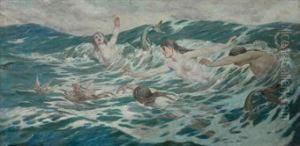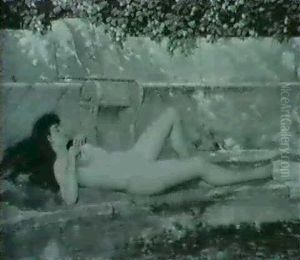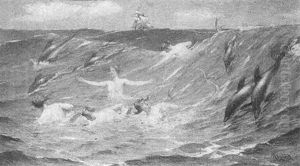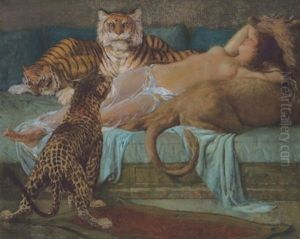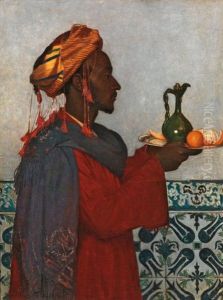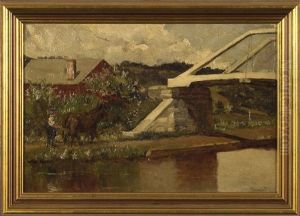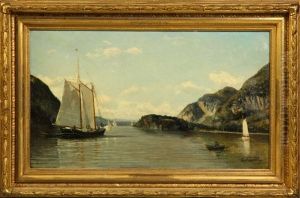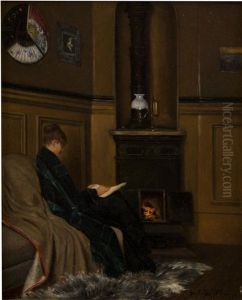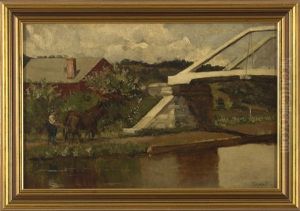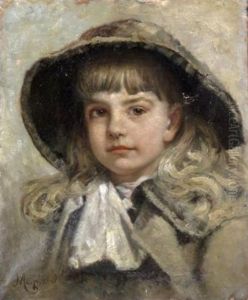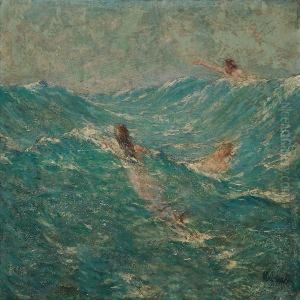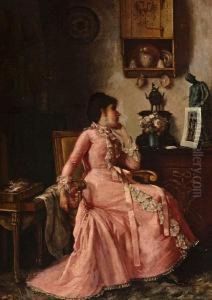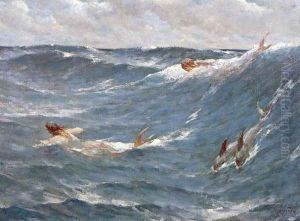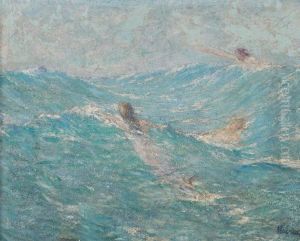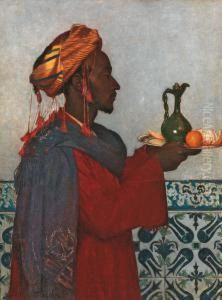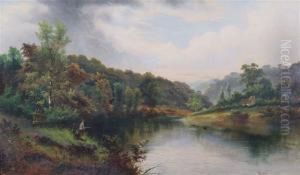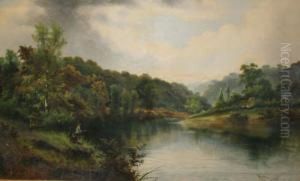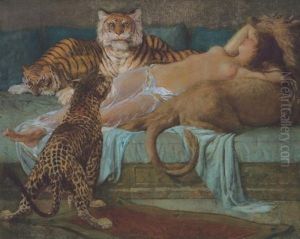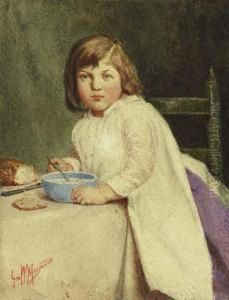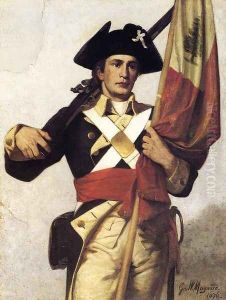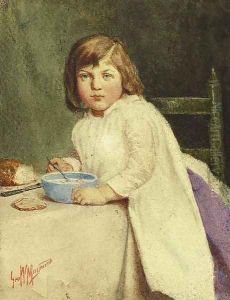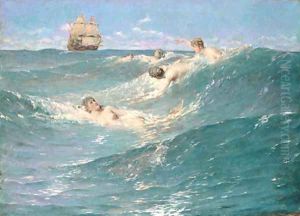George Willoughby Maynard Paintings
George Willoughby Maynard was an American artist renowned for his contributions to the fields of painting and mural decoration during the late 19th and early 20th centuries. Born on March 5, 1843, in Washington D.C., Maynard showed early promise in the arts, which led him to pursue formal training. His artistic journey began at the National Academy of Design in New York, followed by an important period of study abroad. Like many of his contemporaries, Maynard sought to refine his skills in Europe, studying at the Royal Academy of Fine Arts in Antwerp, Belgium, under the tutelage of notable figures such as Jean-Léon Gérôme in Paris. This exposure to European art and aesthetics had a profound influence on his style and approach to painting.
Upon returning to the United States, Maynard quickly established himself as a significant figure in the American art scene. He became known for his versatility, excelling in both portrait painting and mural decoration. His skill as a muralist earned him prestigious commissions, including work for the Library of Congress and the U.S. Capitol building in Washington, D.C., where his contributions are among the notable examples of American mural art from that era.
Maynard's art is characterized by a classical approach, often incorporating themes from mythology and history, executed with a refined technical ability. His works are celebrated for their beauty, detailed composition, and the skillful use of color and light, reflecting the influence of his European training while also contributing to the development of a distinct American artistic identity.
Throughout his career, George Willoughby Maynard was an active member of the art community, contributing to various art organizations and societies. He was a member of the National Academy of Design, where he also served in leadership roles, and his work was exhibited widely, including at the Paris Salon—a testament to his international recognition.
Maynard's legacy is not only in the beauty of his art but also in his role in the evolution of American art during a period of significant change. He bridged the gap between European traditions and the emerging American aesthetic, influencing a generation of artists. George Willoughby Maynard passed away on November 2, 1923, leaving behind a body of work that continues to be appreciated for its artistic merit and historical significance.
